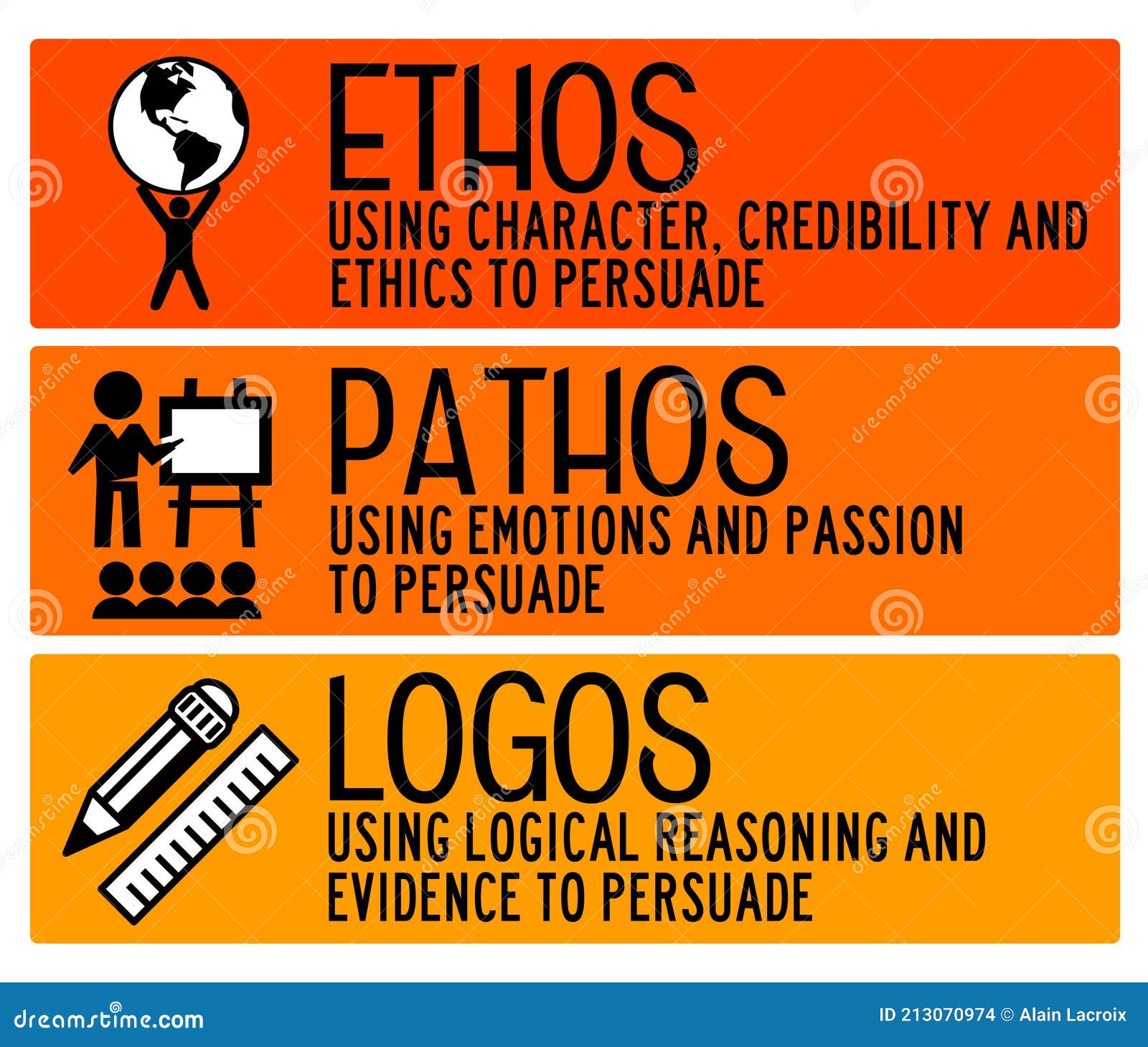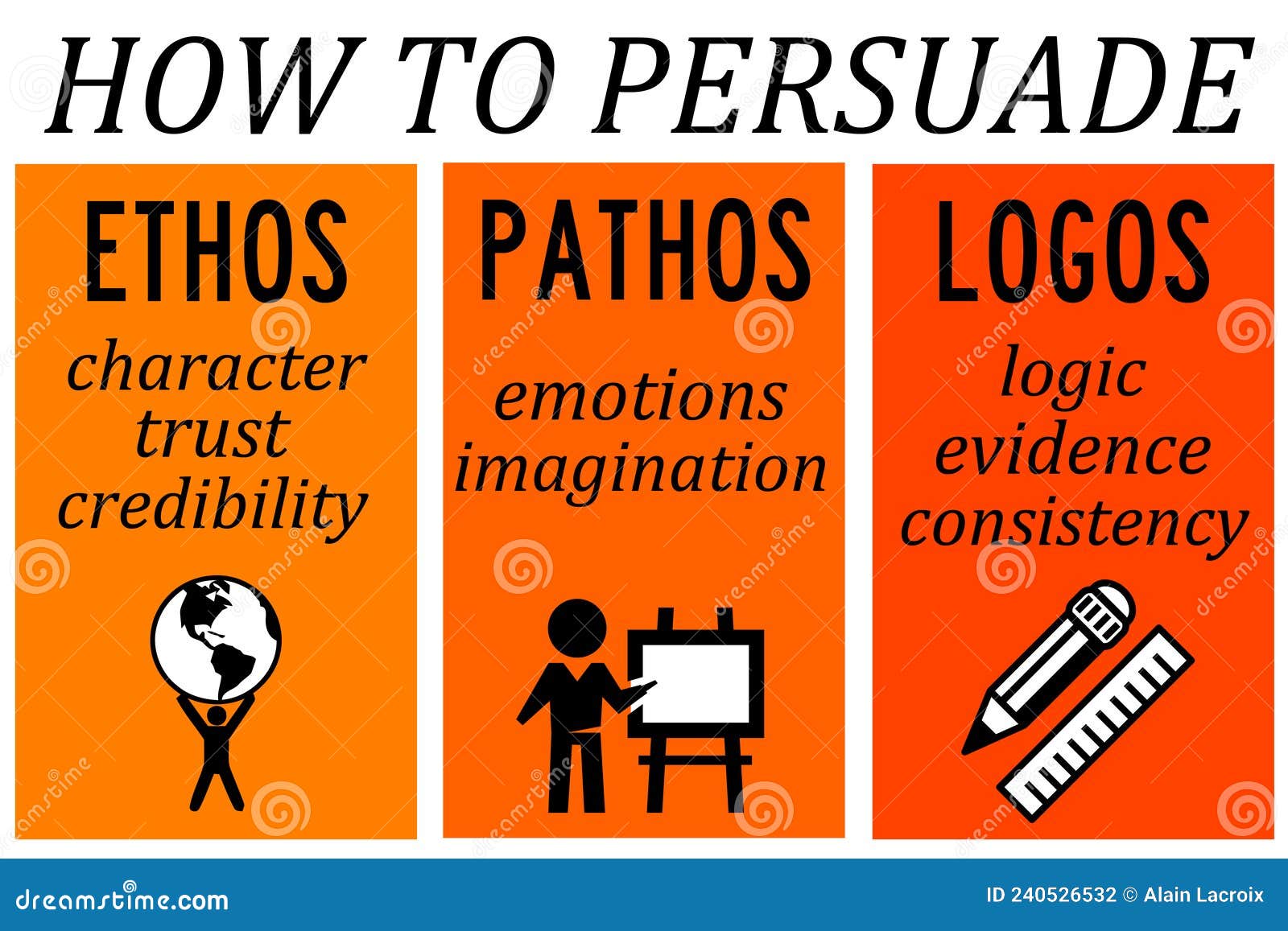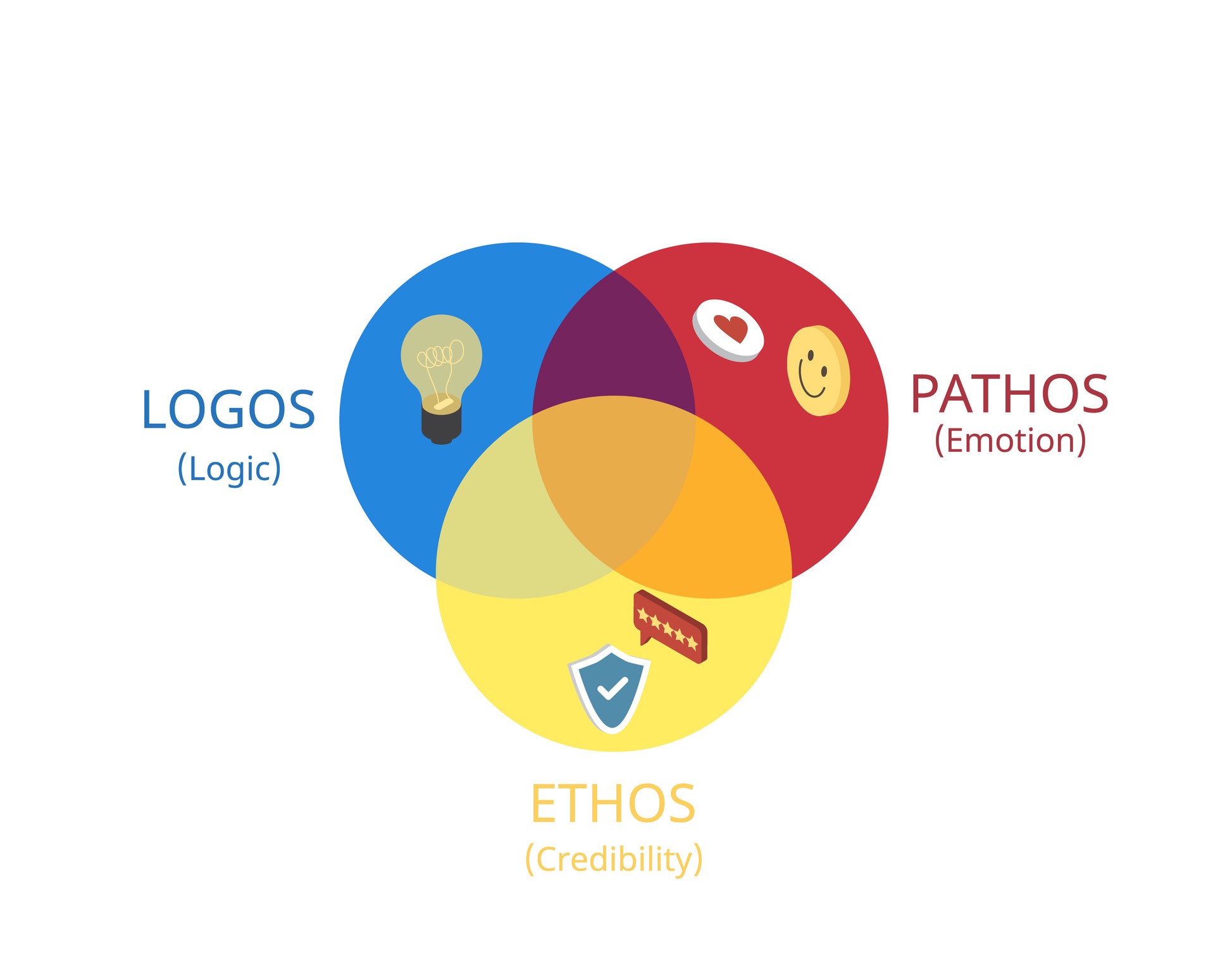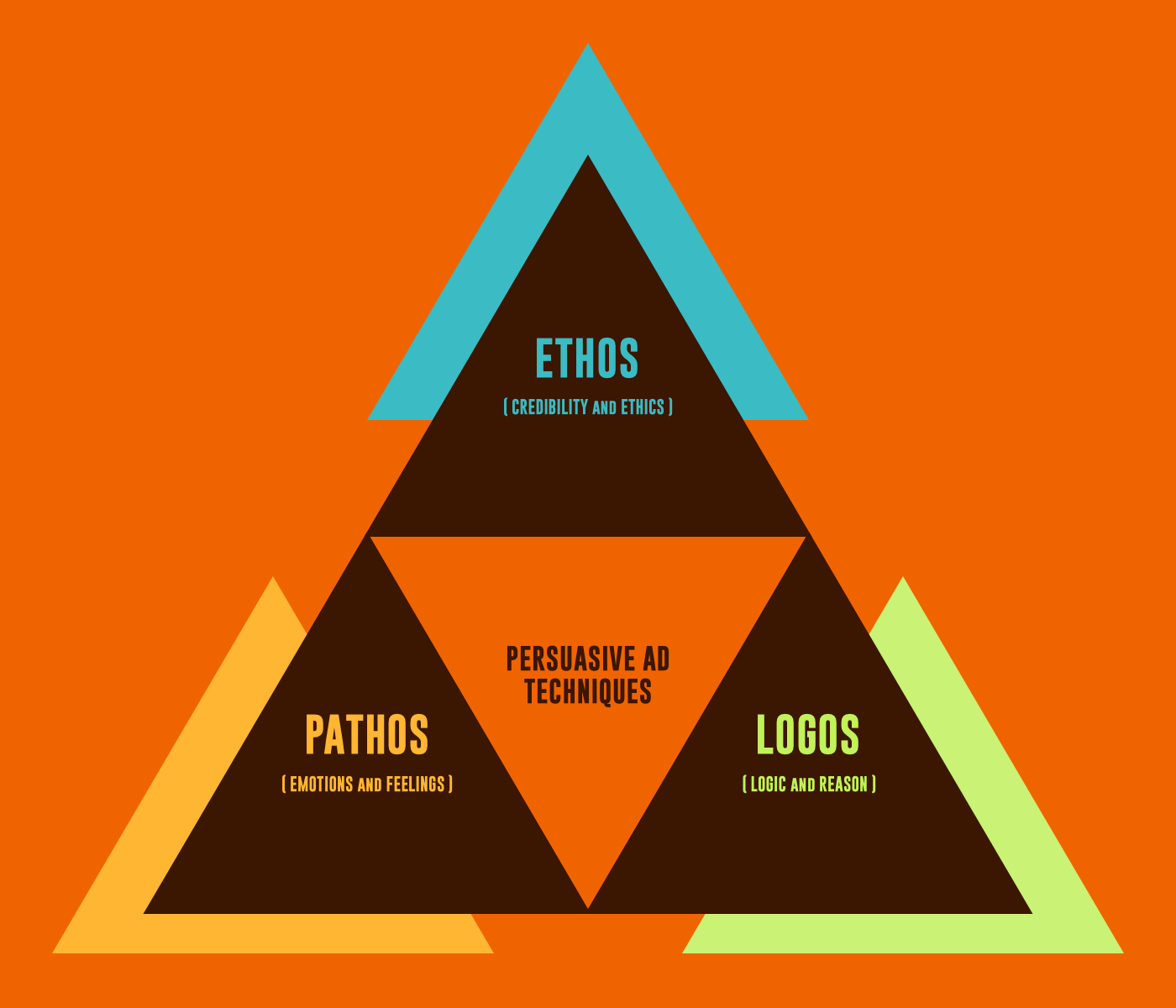How are ethos, pathos, logos related to aristotle? We worked hard, and in 10 years apple had grown from just the two of us in a garage into a $2 billion company with over 4000 employees. The three appeals, ethos, pathos, and logos, are closely associated with aristotle, a renowned greek philosopher and rhetorician who extensively studied and wrote about the art of persuasion in his work, “rhetoric.” aristotle considered rhetoric the art of discovering all available means of
Ethos Pathos Logos In Advertising A Comprehensive Guide To Persuasive Marketing
Logos can be developed by using advanced, theoretical or abstract language, citing facts (very important), using historical and literal analogies, and by constructing logical arguments. “woz and i started apple in my parents garage when i was 20. In order to persuade your audience, proper use of ethos, pathos, and logos is necessary.
Examples of ethos, logos and pathos:
The document discusses aristotle's three modes of persuasion: Logos is persuasion through logic and evidence. Ethos is persuasion through establishing credibility and trustworthiness. Pathos is persuasion by appealing to emotions.
Logos in advertising advertisers use logos to convince people to invest money and/or time into a product, service, event, person, or organization. The purpose of an advertisement is to get people to do something that will ultimately benefit the advertiser, and logos is an important tool advertisers use to reach their target audiences and Logos or the appeal to reason relies on logic or reason. Logos often depends on the use of inductive or deductive reasoning.

Inductive reasoning takes a specific representative case or facts and then draws generalizations or conclusions from them.
Inductive reasoning must be based on a sufficient amount of reliable evidence. Ethos, pathos, and logos are the three modes of persuasion outlined by aristotle in his work rhetoric. These concepts help speakers and writers appeal to their audiences effectively. Ethos appeals to credibility and character, pathos to emotions, and logos to logic.
Ethos, pathos, and logos are three fundamental modes of persuasion that can enhance your ability to connect with your audience and convey your message effectively. This comprehensive guide will delve into these concepts, exploring their definitions, significance, and practical applications in various contexts. In order to persuade your audience, proper use of ethos, pathos, and logos is necessary. Examples of ethos, logos and pathos:

“woz and i started apple in my parents garage when i was 20.
We worked hard, and in 10 years apple had grown from just the two of us in a garage into a $2 billion company with over 4000 employees. In order to persuade your audience, proper use of ethos, pathos, and logos is necessary. Examples of ethos, logos and pathos: “woz and i started apple in my parents garage when i was 20.
We worked hard, and in 10 years apple had grown from just the two of us in a garage into a $2 billion company with over 4000 employees. Ethos pathos logos definition the rhetorical triangle. Rhetoric is a type of communication that a writer or speaker uses to persuade, inform or motivate. Ethos in academic writing is further established by adequately structuring the paper’s theses and ideas.

Thus in this case ethos is closely associated with the logos, the appeal to logic.
This is due to the nature of academia itself being dedicated to the pursuit and advancement of knowledge and ideas. Logos or the appeal to reason relies on logic or reason. Logos often depends on the use of inductive or deductive reasoning. Inductive reasoning takes a specific representative case or facts and then draws generalizations or conclusions from them.
Inductive reasoning must be based on a sufficient amount of reliable evidence. By mastering ethos, pathos, and logos, advertisers can create campaigns that resonate with their audience on a deeper level. This guide will explore the nuances of each component and how they can be applied to modern advertising strategies. Ethos, pathos and logos are modes of persuasion that form the rhetorical triangle.

A compelling argument, sales pitch, speech, or commercial ideally uses elements of all three strategies.
We’ll show you how to employ each technique and present some examples along the way. Ethos, pathos, and logos are modes of persuasion used to convince audiences. They are also referred to as the three artistic proofs (aristotle coined the terms), and are all represented by greek words. Ethos or the ethical appeal, means to convince an audience of the author’s credibility or character.
Ethos, pathos, and logos are the cornerstone of persuasive advertising. Addressing readers’ concerns with logical solutions and directly refuting their counter arguments are effective ways to include logos and convince an audience to accept a thesis. Logos in advertising advertisers use logos to convince people to invest money and/or time into a product, service, event, person, or organization. Advertisers use logos by convincing an audience of their argument using facts, logic or reason.
Pathos is an aristotelian appeal that engages an audience’s emotions.
The pathos rhetorical appeals definition is founded by an appeal to various emotions such as fear, duty, hope, humor, love, and patriotism. In order to persuade your audience, proper use of ethos, pathos, and logos is necessary. Examples of ethos, logos and pathos: “woz and i started apple in my parents garage when i was 20.
We worked hard, and in 10 years apple had grown from just the two of us in a garage into a $2 billion company with over 4000 employees. To successfully influence or persuade in a given situation, we need to consider the three appeals that make up the rhetorical triangle; Logos, pathos, and ethos (fig. In order to be convincing, we typically use all three appeals but emphasize one more than others depending on our audience, the topic, and our communication goals.
In order to persuade your audience, proper use of ethos, pathos, and logos is necessary.
Examples of ethos, logos and pathos: